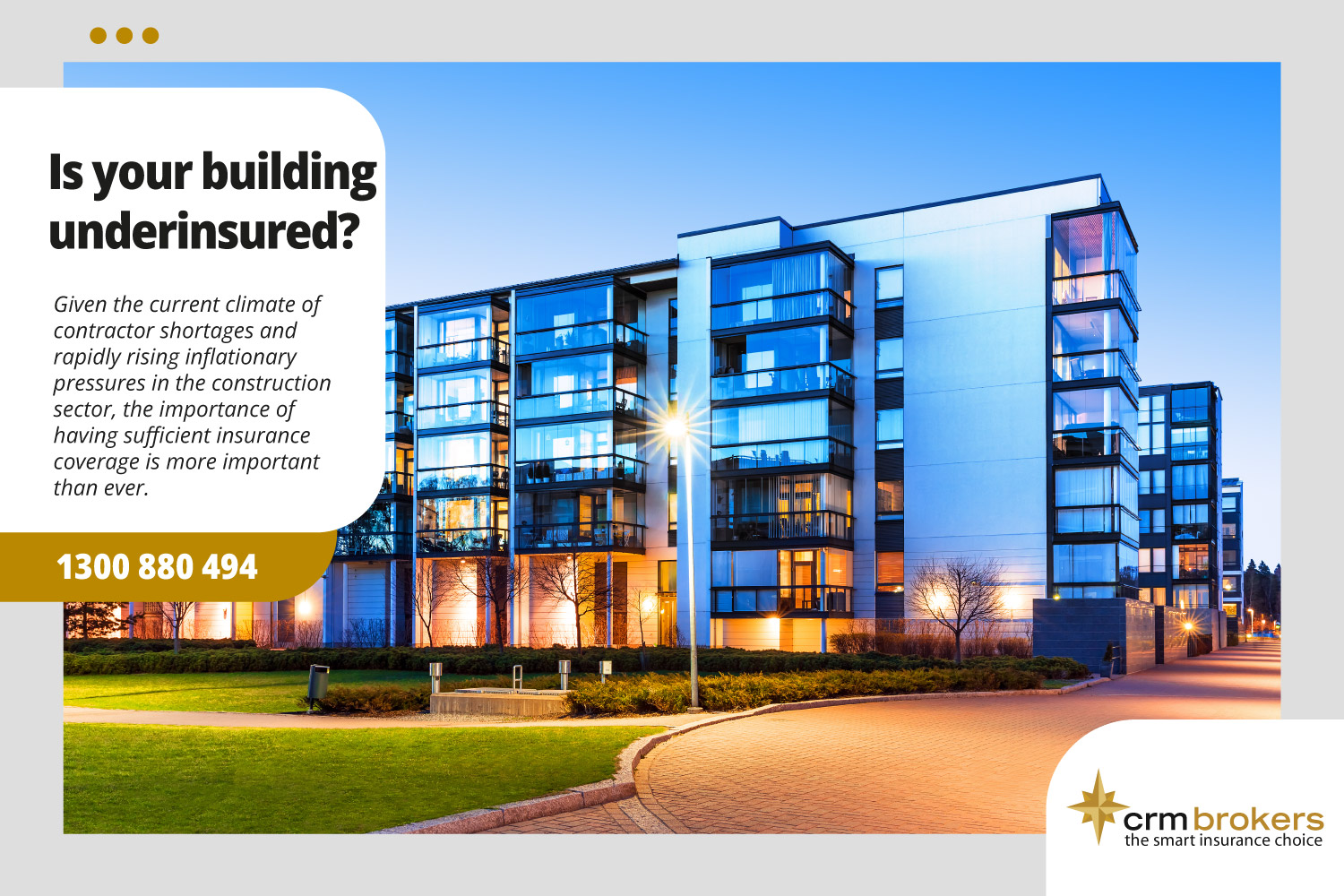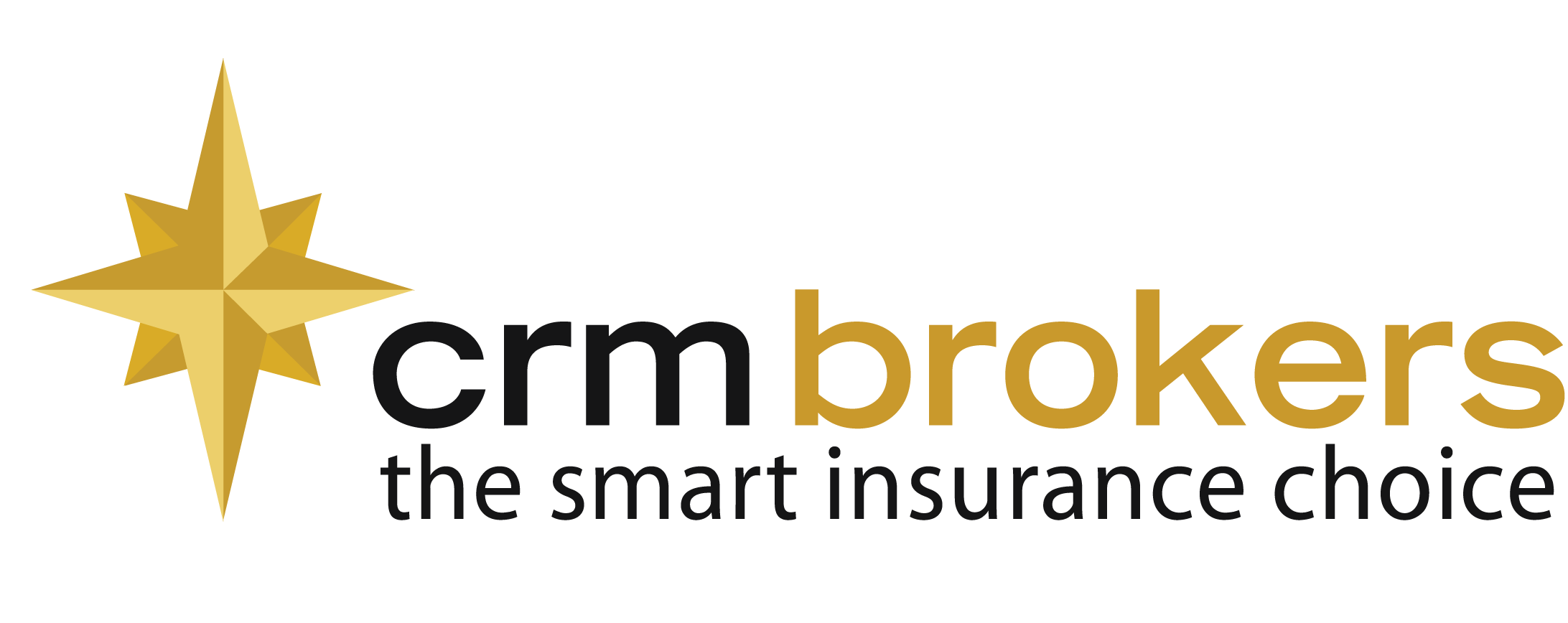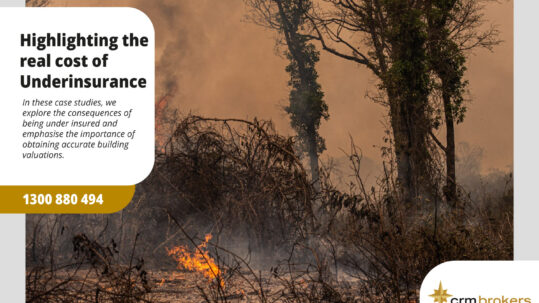
28 Jun The Importance of Building Valuations and Mitigating Underinsurance for Strata Property Owners
The recent surge in construction costs has made underinsurance a significant focal point within the insurance industry. In the simplest terms, underinsurance occurs when the sum insured on an insurance policy is insufficient to cover the full cost of rebuilding, repairing or replacing the building.
Given the current climate of contractor shortages and rapidly rising inflationary pressures in the construction sector, the importance of having sufficient insurance coverage is more important than ever.
It is worth noting a trend among insurers whereby they are imposing stricter requirements relating to building sums insured and property valuations. In some cases, insurers may require a building valuation to be conducted within a specified timeframe after the policy is bound. Additionally, we have seen insurers only offer quotes if a building valuation report has been dated within the past three years.
While it is understandable that property owners may be concerned about the costs associated with valuations and accurate building sums insured, it is important to take a proactive approach to ensuring adequate insurance coverage for the property.
The below article provided by CHU and republished with their permission offers valuable insights into proactive steps strata property owners can take to protect their asset and avoid underinsurance in the event of damage or loss. While the article primarily focuses strata property owners, it is a worthy read for all property and business owners.
The Importance of Building Valuations and Mitigating Underinsurance for Strata Property Owners
As an owner’s corporation or body corporate of a strata property, it is your shared responsibility to ensure that the property, including all the shared common areas is adequately insured.
Residential Strata Insurance covers owners for the shared or common areas of their property and is a mandatory insurance across most of Australia. A crucial first step is to understand the potential risks associated with underinsurance and the significance of obtaining accurate building valuations.
Strata properties, such as apartment complexes or townhouses, present unique challenges when it comes to insurance coverage. The cost to insure the building is shared between all the apartment owners, and if something unforeseen occurs, and your building is not adequately insured, then the replacement cost associated with repairs will become a shared burden of all the owners.
In our previous article, we outlined how the recent escalation of building material costs and inflation pressure has widened the gap between the current building sum insured and the actual cost of full replacement should a disaster strike.
If you haven’t had a building valuation or adjusted your building sum insured on your strata insurance policy in the past few years, then the chances of your building being underinsured is extremely likely.
The role of building valuations
Building valuations play a crucial role in determining the appropriate level of insurance coverage for strata properties. A building valuation is an assessment of the property’s replacement cost, considering factors such as construction materials, labour costs, removal of building debris, professional fees and allowance for cost escalation over time. It provides an estimate of the amount of insurance coverage required to rebuild or repair the property in case of an unforeseen event.
In most states and territories in Australia, it is mandatory to obtain a building valuation every five years, but given the recent hikes in construction costs, it is strongly recommended to obtain a building valuation more frequently.
Why accurate building valuations are essential
Adequate Insurance Coverage: An accurate building valuation ensures that the insurance coverage matches the actual rebuilding or repair costs. It helps property owners avoid being underinsured, providing peace of mind in knowing that their property is adequately protected.
An accurate building valuation will assist owners by:
- Reducing financial risk: Underinsurance can result in significant financial risk for strata property owners. If a disaster occurs and the insurance payout is insufficient, owners may be responsible for covering the shortfall, which can lead to financial strain and even bankruptcy for some.
- Avoiding costly insurance disputes: Accurate building valuations can help prevent disputes with insurance companies over the adequacy of coverage. By having a professional valuation conducted and providing evidence of the property’s true value, property owners can avoid potential conflicts during the claims process.
How to obtain a building valuation
To obtain an accurate building valuation, strata property owners should consider the following steps:
- Engage a Qualified/Reputable Valuer: Hire a professional valuer experienced in strata property assessments. They will conduct an independent assessment of the building’s replacement cost, taking into account various factors such as location, construction type, and building regulations.
- Obtain more regular valuations: While the legal requirement states this should be undertaken every 5 years, it is recommended to undertake it at least every 2 years, especially in the current inflationary market.
- Review your building sum insured on your policy: Regularly review your insurance policies to ensure they align with the most recent building valuation. Consult with an insurance broker or your insurer directly to understand the coverage limits and any additional provisions that may be necessary for comprehensive protection.
- Seek Expert Advice: Consider engaging a strata management company or insurance broker to assist in obtaining a professional valuation and updating your policy accordingly.
Strata property owners need to be proactive in addressing the risks associated with underinsurance. By conducting more frequent building valuations and updating their building sum insured, property owners can safeguard their investments and protect themselves from financial burdens in the event of damage or loss.
Stay Informed – Connect with us on LinkedIn
Important Notice
Disclaimer: CHU Underwriting Agencies Pty Ltd (ABN 18 001 580 070, AFS Licence No: 243261) acts under a binding authority as agent of the insurer QBE Insurance (Australia) Limited (ABN 78 003 191 035, AFS Licence No: 239545). Terms, conditions, limits, deductibles and exclusions apply to the products referred to above. Any advice in this article is general advice only and has been prepared without taking into account your objectives, financial situation or needs. Before making a decision to acquire any product(s) or to continue to hold any product, we recommend that you consider whether it is appropriate for your circumstances and read the relevant Product Disclosure Statement (‘PDS’), Financial Services Guide (‘FSG’) and the Target Market Determination (‘TMD’) which can be obtained by contacting CRM Brokers or downloading it from www.chu.com.au.
Information is current as at the date the article is written as specified within it but is subject to change. CRM Brokers make no representation as to the accuracy or completeness of the information. Various third parties have contributed to the production of this content. All information is subject to copyright and may not be reproduced without the prior written consent of CRM Brokers.
Strata Insurance Insights: The Real Cost of Underinsurance
Simply put, underinsurance occurs when the sums insured are not sufficient to co...
11 April, 2024Strata Insurance Insights: Building Valuations
While securing appropriate insurance coverage is fundamental for strata property...
14 March, 2024The Alarming Rise of Business Email Compromise and the Vital Role of Cyber Insurance
In today’s rapidly evolving cyber threat landscape, cybercriminals are con...
27 February, 2024Navigating High-Risk Tenancies and Property Insurance
When it comes to insuring properties with commercial tenants, regardless of whet...
13 February, 2024





